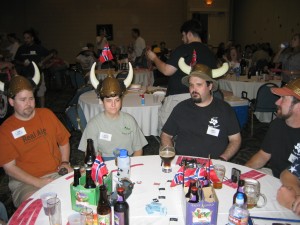
Mark Schoppe (in black shirt), sitting with members of the Austin ZEALOTS, at the 2008 Dixie Cup (competition/conference of the Foam Rangers homebrew club of Houston, TX).
Mark Schoppe was the 2012 Ninkasi winner at the National Homebrew Conference and also the winner of the 2012 Lone Star circuit (a series of homebrew competitions in Texas). This is a beer of his that won the Funkiest of Show at the Alamo City Cerveza Fest (San Antonio, TX) in 2012. He also brewed it at Freetail (San Antonio, TX) as an entry in the GABF Pro-Am.
Schoppe’s Lichtenhainer
All-grain (English units)
by Mark Schoppe
DESCRIPTION
This is a sour smoked ale based on a rare German style. It is like a combination of rauchbier and Berliner weisse, two of my favorite styles. The goal is to produce a light-bodied beer with a clean lactic sour flavor, and a mild smoky flavor. The sour and the smoke should both be prominent, but not overpowering, and linger into a long dry finish.
I’ve made several versions of this, some using Lactobacillus to sour in the primary, and some using a sour mash to sour before the boil. The sour mash approach is very dependable at producing a sour flavor, and does so very quickly. However, it can also produce some funky flavors that are out of place. I’ve had mixed results using Lactobacillus (sometimes it just doesn’t product enough sour flavor, in which case you may end up with a nice smoked Kölsch). The approach I use in this recipe is the most dependable I’ve found so far. Basically, you ferment for one week with just Lactobacillus at a very warm temperature (90°F), and then cool down to 68°F, add ale yeast, and then ferment for another week.


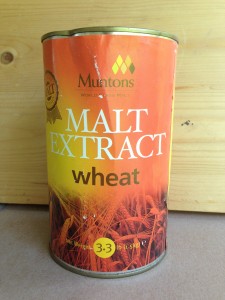



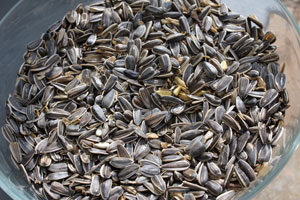

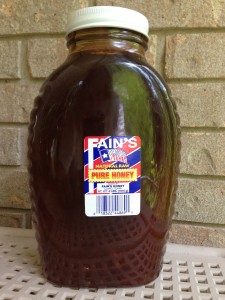
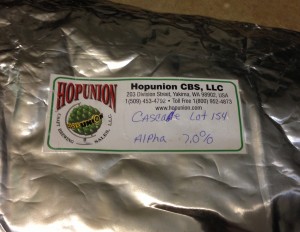

Recent Comments